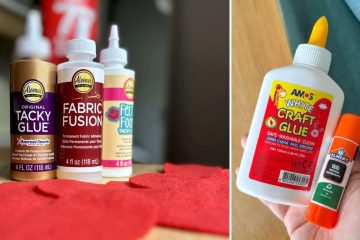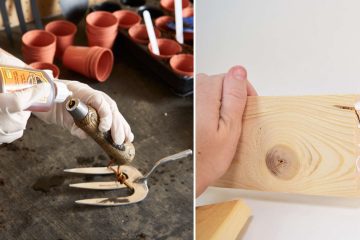Bonding rubber and plastic components is a common challenge faced by manufacturers across various industries, from automotive and construction to consumer goods and medical devices. These dissimilar materials present unique obstacles due to their contrasting properties, making it difficult to achieve a strong and lasting bond. However, with the right techniques and adhesives, it is possible to overcome these challenges and create durable assemblies that combine the best qualities of both rubber and plastic.

In this definitive guide, we will delve into the intricacies of gluing rubber to plastic, covering essential topics such as material characteristics, surface preparation methods, adhesive selection, how to glue rubber to plastic application processes, and quality control measures. By understanding and implementing the best practices outlined in this guide, you can ensure reliable and high-performance bonding between these two versatile materials.
Key Takeaways:
- Understand the material properties of rubber and plastic to select suitable adhesives.
- Proper surface preparation is critical for strong and lasting adhesion.
- Adhesive options include cyanoacrylates, epoxies, polyurethanes, and silicones.
- Follow a systematic bonding process with quality control measures.
- Applications span automotive, consumer goods, medical devices, and sports equipment.
Understanding Rubber and Plastic Materials
Before we explore the bonding process, it is crucial to understand the distinct properties of rubber and plastic, as they greatly influence the adhesion process and the selection of appropriate adhesives.
Type 1: Rubber
Rubber is a highly elastic and flexible material that can be categorized into various types, each with its own unique characteristics and applications:
- Natural Rubber: Derived from rubber trees, natural rubber is known for its excellent elasticity, resilience, and resistance to tearing. It is commonly used in products such as tires, gaskets, and seals.
- Nitrile Rubber (NBR): A synthetic rubber with excellent resistance to oils, fuels, and chemicals. NBR is widely used in automotive applications, such as hoses, seals, and gaskets.
- Silicone Rubber: Renowned for its temperature resistance and flexibility over a wide range of temperatures, silicone rubber is commonly found in automotive parts, cookware, and medical devices.
- Ethylene-Propylene-Diene Monomer (EPDM) Rubber: This synthetic rubber is known for its excellent resistance to heat, ozone, and weathering, making it ideal for applications such as window seals, gaskets, and automotive parts.
- Neoprene Rubber: A synthetic rubber with good resistance to oils, chemicals, and weathering, neoprene is commonly used in gaskets, hoses, and protective clothing.
- Butyl Rubber: Highly impermeable to air and gases, butyl rubber is widely used in inner tubes, tire liners, and pharmaceutical closures.
- Polyurethane Rubber: Offering excellent abrasion resistance and resilience, polyurethane rubber is commonly found in wheels, rollers, and mechanical components.
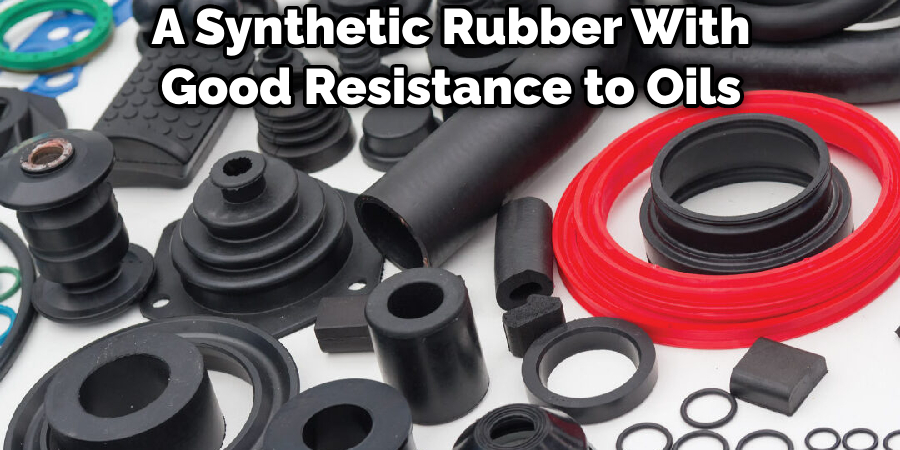
Type 2: Plastic
Plastics are synthetic polymeric materials that can range from rigid to flexible, and their properties vary significantly depending on their chemical composition and manufacturing process:
- Polyethylene (PE): Known for its flexibility, moisture resistance, and low surface energy, polyethylene is widely used in packaging, household products, and automotive components.
- Polypropylene (PP): A rigid and tough plastic with good chemical resistance, polypropylene is commonly found in automotive parts, containers, and furniture.
- Polyvinyl Chloride (PVC): Renowned for its durability and affordability, PVC is widely used in pipe systems, window frames, and flooring.
- Acrylonitrile Butadiene Styrene (ABS): With its high impact resistance and rigidity, ABS is commonly used in automotive components, appliances, and consumer electronics.
- Polycarbonate (PC): Known for its transparency, toughness, and heat resistance, polycarbonate is commonly found in safety glasses, construction materials, and electronic components.
- Polyamide (Nylon): Offering excellent strength, abrasion resistance, and thermal stability, nylon is widely used in gears, bearings, and automotive components.
Understanding the unique properties of these rubber and plastic materials is essential for selecting the appropriate adhesive and designing a successful bonding process.
You Can Check It Out to Glue Fabric to Plastic.
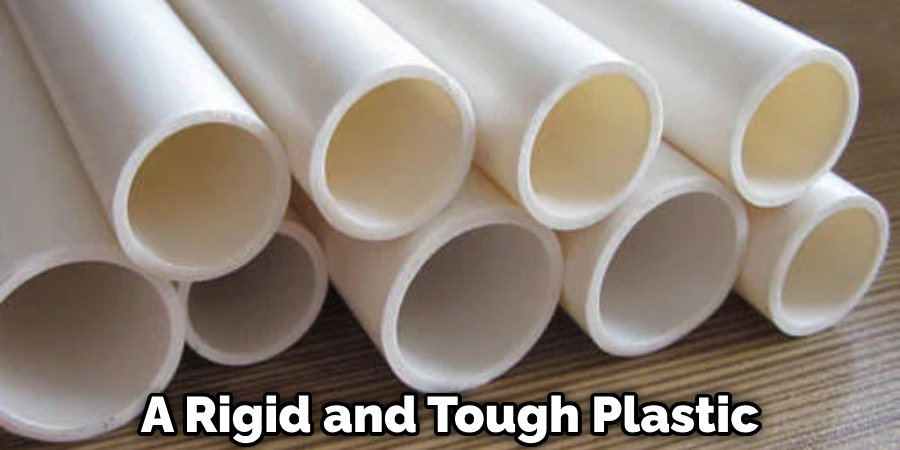
The Importance of Surface Preparation
Proper surface preparation is a critical step in ensuring strong and lasting adhesion between rubber and plastic substrates. Inadequate surface preparation can lead to poor bonding, premature failure, and potentially compromised product performance. Here are the key surface preparation techniques:
- Cleaning: Remove any contaminants, such as oils, grease, mold release agents, or dust, from the bonding surfaces. Solvent degreasing with isopropyl alcohol or acetone is a common and effective method for most materials.
- Abrasion/Sanding: Lightly abrading or sanding the surfaces creates a rough texture, increasing the surface area and enhancing mechanical interlocking with the adhesive. However, it is essential to avoid overheating or deforming the materials during this process.
- Surface Treatments: For low-surface-energy plastics like polyethylene (PE) and polypropylene (PP), as well as silicone rubber, surface treatments such as corona discharge or plasma treatment may be necessary to improve adhesion by increasing surface energy and wettability.
- Priming: In some cases, the use of a primer or adhesion promoter can significantly enhance the bond strength between rubber and plastic. Primers are designed to improve the chemical compatibility between the adhesive and the substrate, creating a stronger and more durable bond.
Neglecting proper surface preparation can lead to poor adhesion, delamination, or even complete bond failure. It is crucial to follow the manufacturer’s recommendations for surface preparation to ensure optimal bonding performance.
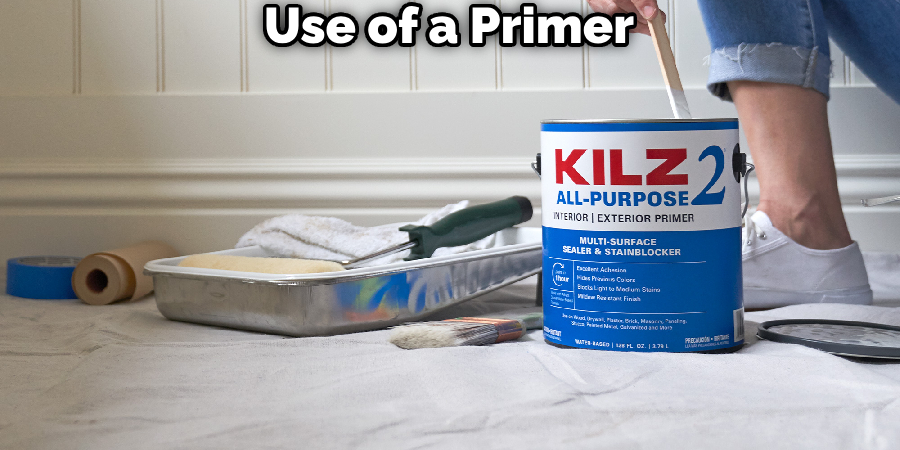
4 Adhesive Options for Bonding Rubber to Plastic
Selecting the appropriate adhesive is critical for achieving a successful bond between rubber and plastic components. While several adhesive options are available, the choice depends on factors such as the specific materials involved, the application requirements, and the desired bond strength and flexibility. Here are some of the most commonly used adhesives for bonding rubber to plastic:
Option 1: Cyanoacrylate Adhesives (Super Glues)
Cyanoacrylate adhesives, commonly known as super glues, are widely used for bonding rubber to plastic due to their fast curing time, strong adhesion, and versatility. These adhesives are essentially acrylic resins that rapidly polymerize in the presence of moisture, forming long and strong chains that join the bonded surfaces together.
Advantages of Cyanoacrylate Adhesives
- Fast curing, often achieving handling strength in seconds
- Strong bonds on a wide range of rubber and plastic substrates
- Convenient application from a container or bottle
- Specialized formulations available for difficult-to-bond substrates
Limitations of Cyanoacrylate Adhesives
- Limited gap-filling capability (typically up to 0.5 mm)
- Brittle nature may not be suitable for flexible applications
- Susceptible to moisture and humidity during curing
While cyanoacrylates are effective for bonding most rubbers and plastics, they may not be the best choice for low-surface-energy plastics like polyethylene (PE) and polypropylene (PP), which may require priming or specialized adhesive formulations.
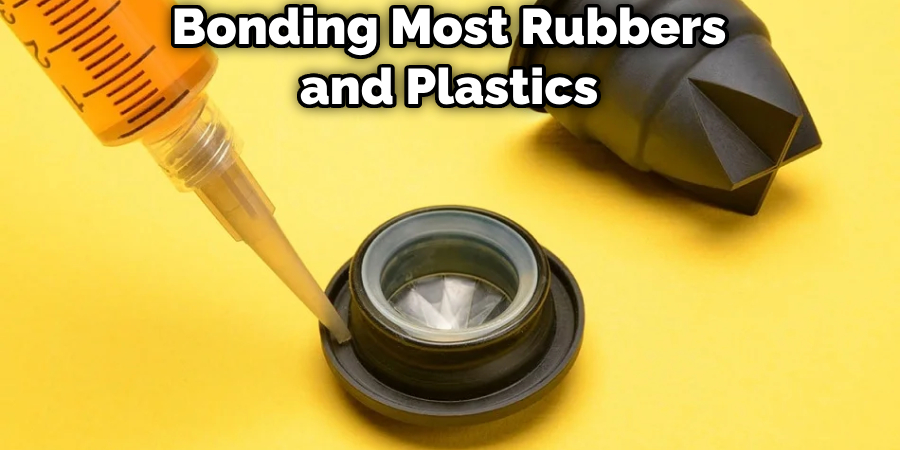
Option 2: Epoxy Adhesives
Two-part epoxy adhesives are highly versatile and suitable for bonding rubber to plastic, as well as other substrates like metal and glass. These adhesives consist of a resin component and a hardener component, which, when mixed, undergo a chemical reaction to form a strong and durable bond.
Advantages of Epoxy Adhesives
- Excellent strength and durability
- Resistance to chemicals, moisture, and temperature extremes
- Variety of viscosities and open/cure times available
- Gap-filling capabilities for uneven surfaces
Limitations of Epoxy Adhesives
- Longer curing times compared to cyanoacrylates
- Requires precise mixing of resin and hardener components
- Limited flexibility, which may not be suitable for dynamic applications
Epoxy adhesives are ideal for bonding dissimilar materials, including rubber and plastic, and can accommodate various application requirements, such as chemical resistance, temperature exposure, and gap-filling needs.
Option 3: Polyurethane Adhesives
Polyurethane adhesives are known for their flexibility, impact resistance, and ability to bond dissimilar materials, including rubber and plastic. These adhesives cure by reacting with moisture in the air, forming a durable and elastic bond.
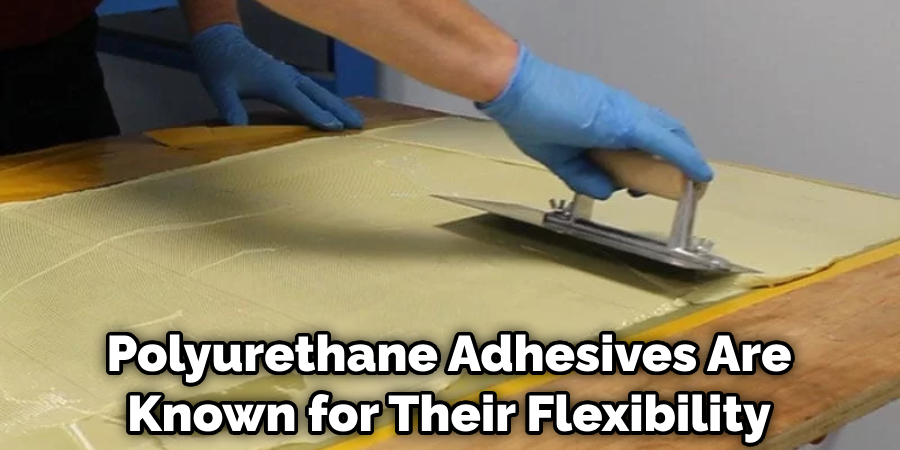
Advantages of Polyurethane Adhesives
- Excellent flexibility and impact resistance
- Ability to accommodate thermal expansion and contraction
- Resistance to moisture, chemicals, and weathering
- One- and two-component options available
Limitations of Polyurethane Adhesives
- Longer curing times compared to cyanoacrylates
- Potential for foaming or bubbling during curing
- Limited gap-filling capability in some formulations
Polyurethane adhesives are particularly suitable for applications where the bonded components may be subjected to temperature fluctuations, vibrations, or impact loads. They provide a balance between strength and flexibility, making them a popular choice for bonding rubber and plastic in various industries.
Option 4: Silicone Adhesives
Silicone adhesives are specifically designed for bonding silicone rubber to plastics, as well as for sealing and gasketing applications. These adhesives offer excellent flexibility, chemical resistance, and high-temperature performance, making them suitable for demanding environments.
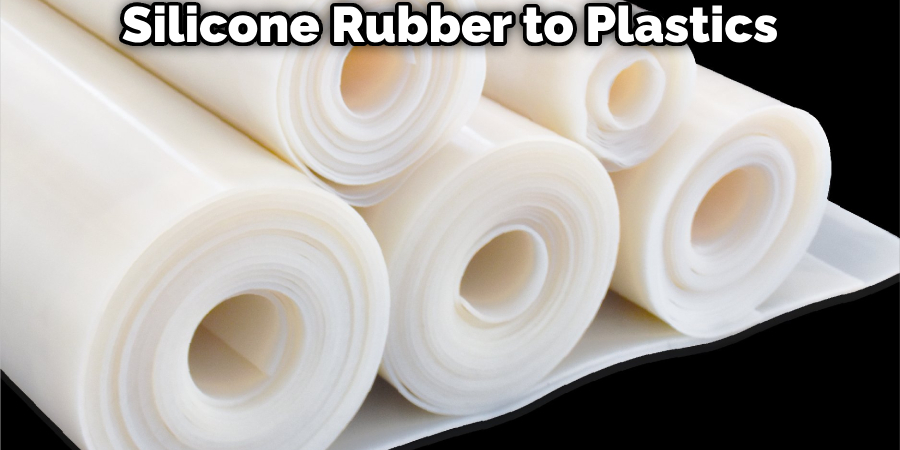
Advantages of Silicone Adhesives
- Exceptional flexibility and elongation properties
- Resistance to high temperatures, chemicals, UV radiation, and weathering
- Excellent adhesion to silicone rubber and many plastics
- Suitable for both bonding and sealing applications
Limitations of Silicone Adhesives
- Limited adhesion to low-surface-energy plastics without proper surface preparation
- Relatively long curing times compared to other adhesive types
- Potential for outgassing or releasing byproducts during curing
While silicone adhesives are specifically formulated for bonding silicone rubber, they can also be used with other rubber and plastic types, provided that proper surface preparation and priming techniques are employed to ensure optimal adhesion.
You Can Check It Out to Glue 3D Prints.
6 Authoritative Step-by-Step Guide for How to Glue Rubber to Plastic
Once you have identified the appropriate rubber and plastic materials and selected the suitable adhesive, it’s time to follow a systematic bonding process to ensure a strong and durable bond. Here are the key steps:
Step 1: Surface Preparation
- Thoroughly clean the bonding surfaces using the recommended solvents or cleaning agents to remove contaminants.
- Abrade or sand the surfaces as needed to increase surface area and promote mechanical interlocking.
- Apply surface treatments like corona discharge or plasma treatment for low-surface-energy plastics.
- Apply a primer or adhesion promoter if recommended for the specific materials or adhesive.
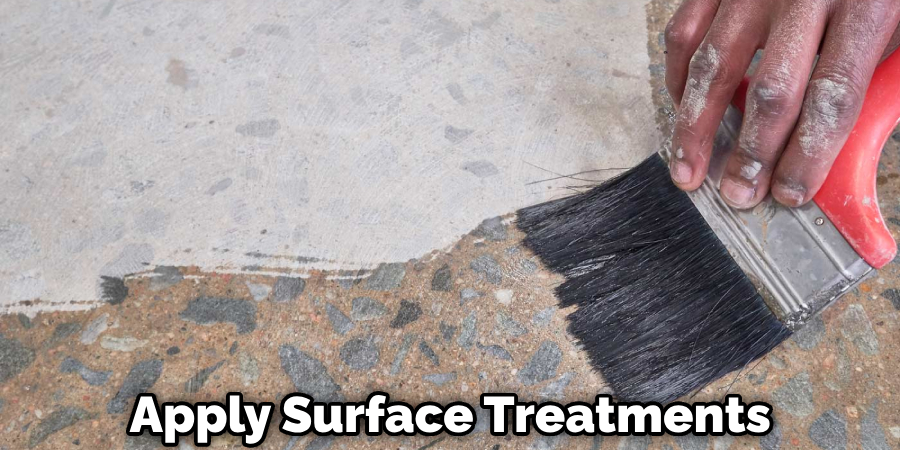
Step 2: Adhesive Preparation
- For two-part adhesives (e.g., epoxies), carefully follow the manufacturer’s instructions for mixing the resin and hardener components in the correct ratio.
- For one-part adhesives (e.g., cyanoacrylates, polyurethanes), ensure the adhesive is at the recommended temperature and viscosity for application.
Step 3: Adhesive Application
- Dispense or apply the adhesive evenly and in a thin layer to one of the bonding surfaces.
- Avoid excessive application, as it can lead to poor adhesion or adhesive squeeze-out.
- Consider the open time or working time of the adhesive to ensure proper mating of the components.
Step 4: Mating and Clamping
- Carefully align and bring the rubber and plastic components together, applying firm pressure to ensure good contact between the surfaces.
- Use clamps, fixtures, or temporary supports to maintain pressure and prevent movement during the curing process.
Step 5: Curing
- Allow the adhesive to cure according to the manufacturer’s recommendations, providing the appropriate temperature and humidity conditions if required.
- Curing times can range from seconds (for cyanoacrylates) to hours or days (for epoxies and polyurethanes).

Step 6: Cleaning and Inspection
- After curing, remove any excess adhesive or squeeze-out using recommended solvents or mechanical methods.
- Visually inspect the bonded assembly for proper alignment, adhesive coverage, and the absence of defects or contaminants.
By following these steps meticulously, you can ensure a reliable and high-quality bond between rubber and plastic components, maximizing the performance and durability of the final assembly.
You Can Check It Out to Glue Wood to Acrylic.
Quality Control and Testing
To ensure the integrity and long-term performance of the bonded rubber and plastic assembly, it is essential to implement quality control measures and conduct appropriate testing procedures. Here are some common practices:
1. Visual Inspection
- Carefully examine the bonded assembly for proper alignment, complete adhesive coverage, and the absence of defects, voids, or contaminants.
- Check for any signs of delamination, cracking, or premature failure.
2. Destructive Testing
- Conduct lap shear, peel strength, or tensile testing to evaluate the bond strength and failure modes.
- These tests involve subjecting the bonded assembly to controlled forces until failure occurs, providing quantitative data on the bond’s performance.
3. Environmental Testing
- Expose the bonded assembly to various environmental conditions, such as thermal cycling, chemical exposure, or accelerated weathering, to assess its performance under real-world conditions.
- Monitor for any signs of degradation, delamination, or loss of adhesion.
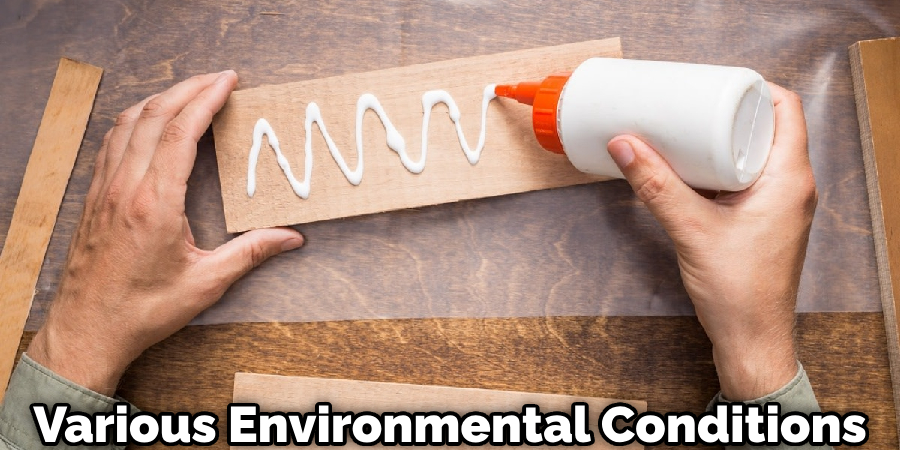
4. Non-Destructive Testing (NDT)
- Utilize techniques like ultrasonic inspection, X-ray imaging, or acoustic emission monitoring to detect internal defects or flaws without damaging the bonded assembly.
- NDT methods can provide valuable insights into the bond quality and integrity.
Implementing a comprehensive quality control and testing program is crucial for ensuring the reliability and performance of bonded rubber and plastic assemblies, particularly in critical applications where failure could have severe consequences.
You Can Check It Out to Glue Rubber Table Tennis.
Applications and Case Studies
The ability to bond rubber and plastic components effectively has enabled numerous applications across various industries, leveraging the unique properties of these materials. Here are some examples:
1. Automotive and Transportation
- Bonding rubber seals, gaskets, and weather stripping to plastic components
- Assembling interior components, such as dashboards and center consoles
- Bonding rubber mounts and vibration isolators to plastic housings
2. Consumer Goods and Appliances
- Bonding rubber grips and overmolds to plastic handles and housings
- Assembling plastic and rubber components in household appliances
- Bonding rubber feet or pads to plastic bases for stability and damping

3. Medical Devices and Wearables
- Bonding rubber seals and gaskets to plastic housings for medical equipment
- Assembling plastic and rubber components in prosthetics and orthotic devices
- Bonding rubber components to plastic wearable devices for comfort and grip
4. Sports and Outdoor Equipment
- Bonding rubber grips and overmolds to plastic handles and components
- Assembling plastic and rubber components in sports equipment and gear
- Bonding rubber pads and dampers to plastic bases for shock absorption
These examples illustrate the diverse applications where bonding rubber and plastic components is essential, leveraging the combined benefits of both materials, such as durability, flexibility, chemical resistance, and impact protection.
Case Study: Automotive Seal Bonding
In the automotive industry, bonding rubber seals and gaskets to plastic components is a critical application that ensures proper sealing and protection against environmental factors. One major automotive manufacturer faced challenges with premature failure of door seals, leading to water ingress and customer complaints.
To address this issue, the manufacturer collaborated with an adhesive supplier to develop a specialized two-part epoxy adhesive formulation specifically designed for bonding EPDM rubber seals to polypropylene plastic door frames.
After extensive testing and validation, the new epoxy adhesive system demonstrated superior bond strength, chemical resistance, and long-term durability compared to the previously used adhesive. The implementation of this solution significantly reduced warranty claims and improved customer satisfaction.
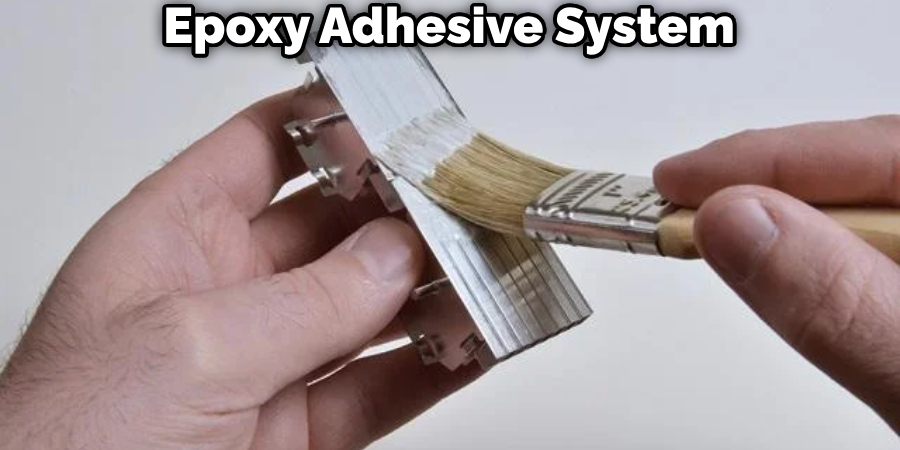
This case study highlights the importance of selecting the appropriate adhesive and bonding process for specific material combinations and application requirements, ensuring reliable performance and prolonged service life.
FAQs About How to Glue Rubber to Plastic
Will Gorilla Glue Bond Rubber to Plastic?
Yes, Gorilla Glue can effectively bond rubber to plastic. The Original Gorilla Glue and Gorilla Super Glue are recommended for their strength and versatility on various surfaces, including rubber and plastic. For a more durable and flexible bond with rubber, “rubber toughened” cyanoacrylate, such as Gorilla Super Glue Gel—which dries quickly in 10–45 seconds—is an excellent choice. Ensure that the surfaces are clean and dry for optimal adhesion.
What is the Silicone Glue for Rubber and Plastic?
Silicone glue is a type of adhesive specifically designed to offer flexible, waterproof, and heat-resistant bonds, making it ideal for joining rubber and plastic materials. Unlike other adhesives that may become brittle or lose their bond over time when exposed to varying temperatures or moisture, silicone glue maintains its elasticity and adherence, ensuring a durable seal. It’s particularly useful in applications where the bonded materials will experience temperature fluctuations, moisture exposure, or require a degree of flexibility within the bond. This makes silicone glue a preferred choice for outdoor applications, automotive repairs, electronics, and household items that need a strong yet flexible hold between rubber and plastic components.
Can You Glue Rubber to PVC?
Yes, you can glue rubber to PVC (Polyvinyl Chloride) using specific adhesives designed to work with both materials. The key is choosing the right type of glue that can bond well with the somewhat slick surface of PVC and the elasticity of rubber. Cyanoacrylate (super glue), epoxy, and certain specialized PVC adhesives can create strong bonds between these materials. For optimal results, it’s important to prepare the surfaces by cleaning them thoroughly and lightly sanding the PVC to create a rougher surface for better adhesion. Applying the adhesive evenly and allowing sufficient curing time according to the manufacturer’s instructions will ensure a durable bond.
Conclusion
Gluing rubber to plastic can be challenging due to the dissimilar nature of these materials. However, by understanding the material properties, selecting the appropriate adhesive, and following proper surface preparation and application techniques, it is possible to achieve strong and durable bonds. Continuous quality control and testing are essential to ensure the long-term performance and reliability of the bonded assembly. With the right knowledge and expertise, gluing rubber to plastic can open up new possibilities in various industries, from automotive and construction to consumer goods and medical devices.
